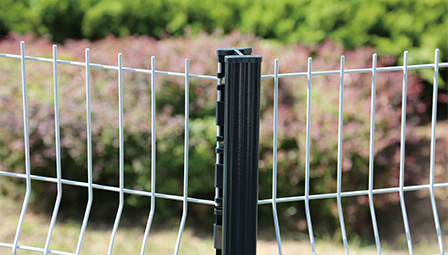box nail vs common nail
Nov . 11, 2024 15:23
Box Nails vs. Common Nails Understanding the Differences
When it comes to construction and woodworking, choosing the right type of nail can significantly affect the durability and quality of the project. Among the various types of nails available, box nails and common nails are two of the most commonly used. While they may seem similar at first glance, understanding the differences between them can help you make informed decisions for your specific needs.
What are Box Nails?
Box nails are specifically designed for use in thinner materials, like those found in light framing and general carpentry. They typically have a smaller diameter than common nails, which helps to prevent splitting in delicate wood when driven in. Box nails usually feature a smooth shank and a flat head, making them suitable for a variety of applications, including attaching siding, building boxes, and assembling furniture. The smaller size of box nails offers a neater finish, often making them the preferred choice for visible joints.
What are Common Nails?
Common nails are larger and sturdier than box nails, designed for heavy-duty applications. Their thicker shank allows them to bear more weight and provide greater holding power, making them ideal for framing, roofing, and other structural work. Common nails generally have a slightly larger head that makes them easier to grip and drive into tougher materials. They are most commonly used in construction for tasks that require strength and durability, such as attaching floorboards or framing walls.
Key Differences
box nail vs common nail

The primary difference between box nails and common nails lies in their diameter and intended use. Box nails are thinner and less likely to split the wood, making them suitable for lighter tasks. In contrast, common nails are thicker and have a larger head, giving them superior strength for heavy-duty applications.
Another important distinction is the lengths available for each type of nail. Box nails often come in shorter lengths, as they are used primarily in applications where the material is thin. Common nails, on the other hand, are available in a wider variety of lengths to suit different construction needs.
Additionally, the design of the nail is a noteworthy consideration. Box nails typically feature a smooth shank to ease insertion and promote a clean look in the finished project. Common nails may have a ringed shank, which provides extra grip and holding power in thicker materials, reducing the risk of pull-out.
Applications
Both box nails and common nails have their own applications based on their properties. Box nails are preferred in projects where aesthetics are essential, such as in furniture and cabinetry. They provide a more polished appearance and help maintain the integrity of the wood without causing damage. Common nails are better suited for structural applications, where strength and durability are paramount. They are essential in framing houses, where the integrity of the structure depends on the nails used.
Conclusion
In conclusion, when selecting between box nails and common nails, it is crucial to consider the specific requirements of your project. Box nails are an excellent choice for light tasks that require a neat finish, while common nails are your go-to option for heavy-duty applications that demand strength and reliability. By understanding the characteristics and appropriate uses of each type of nail, you can enhance the quality and longevity of your work. Always assess the materials you are working with and choose the nail type that best matches the demands of your project to ensure successful and lasting results.




















